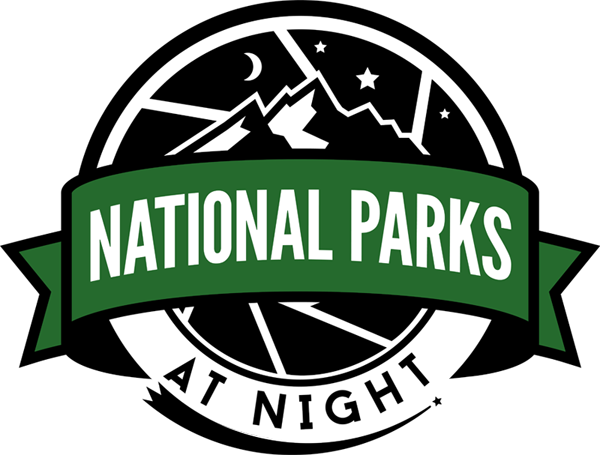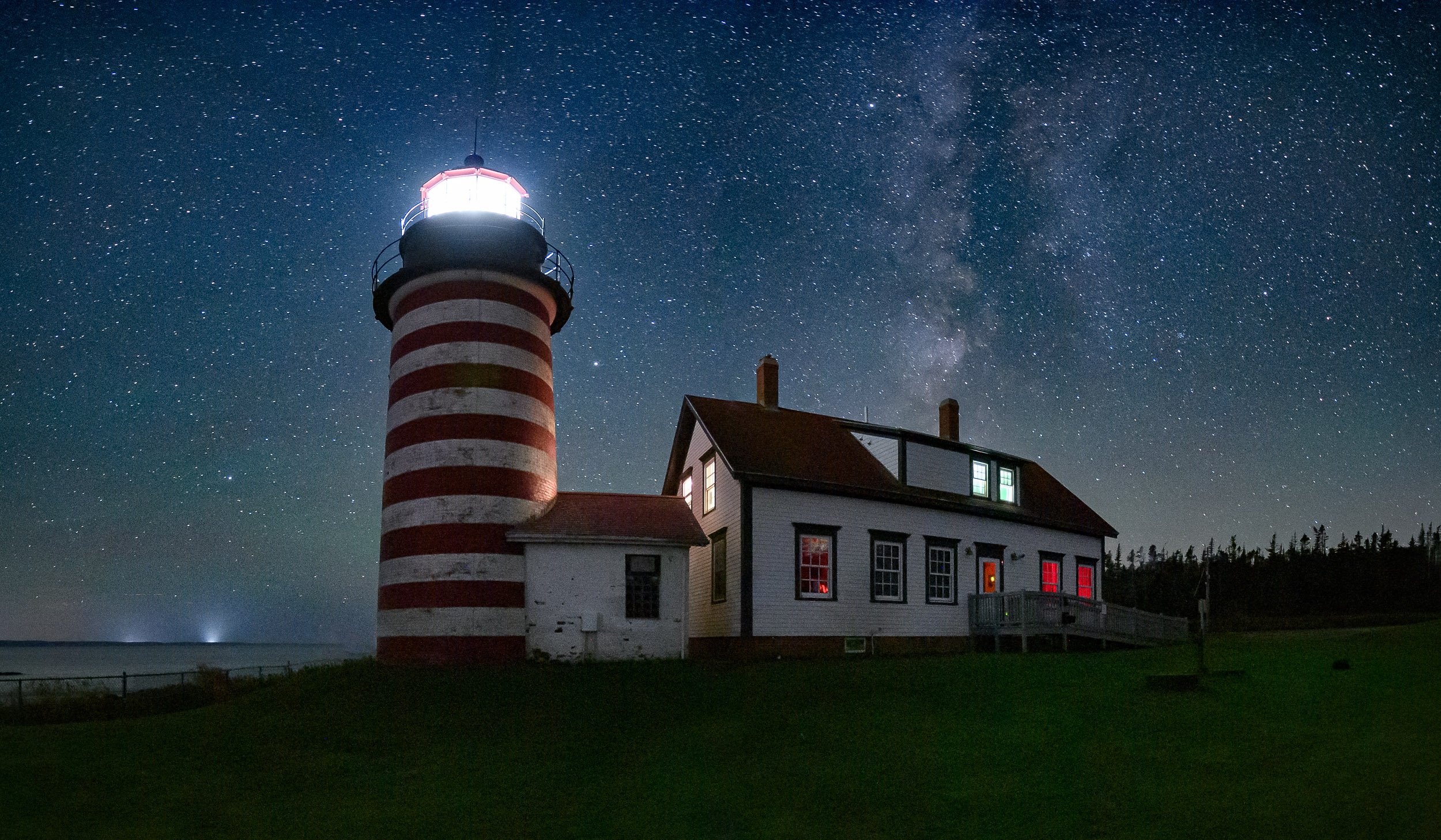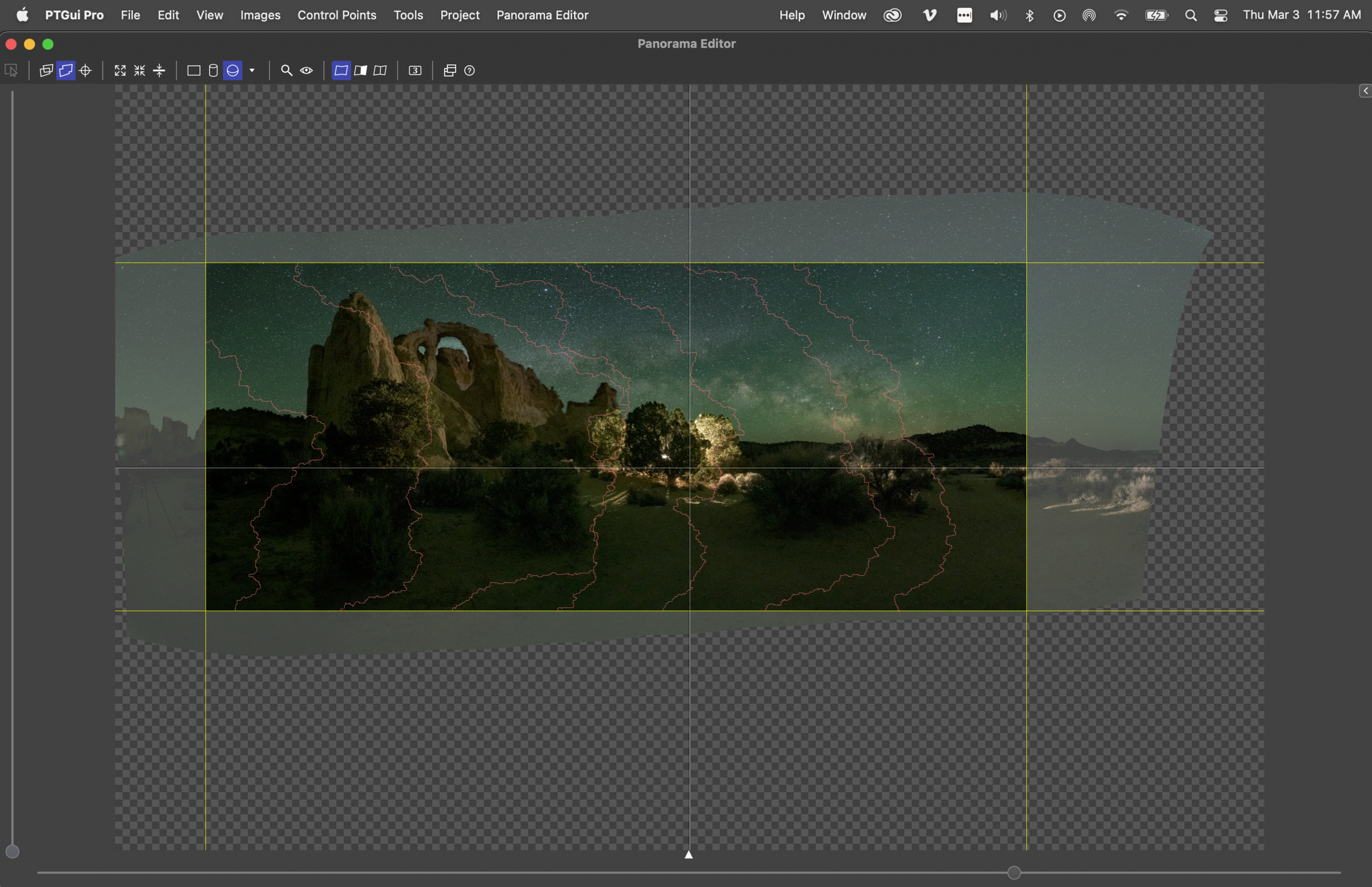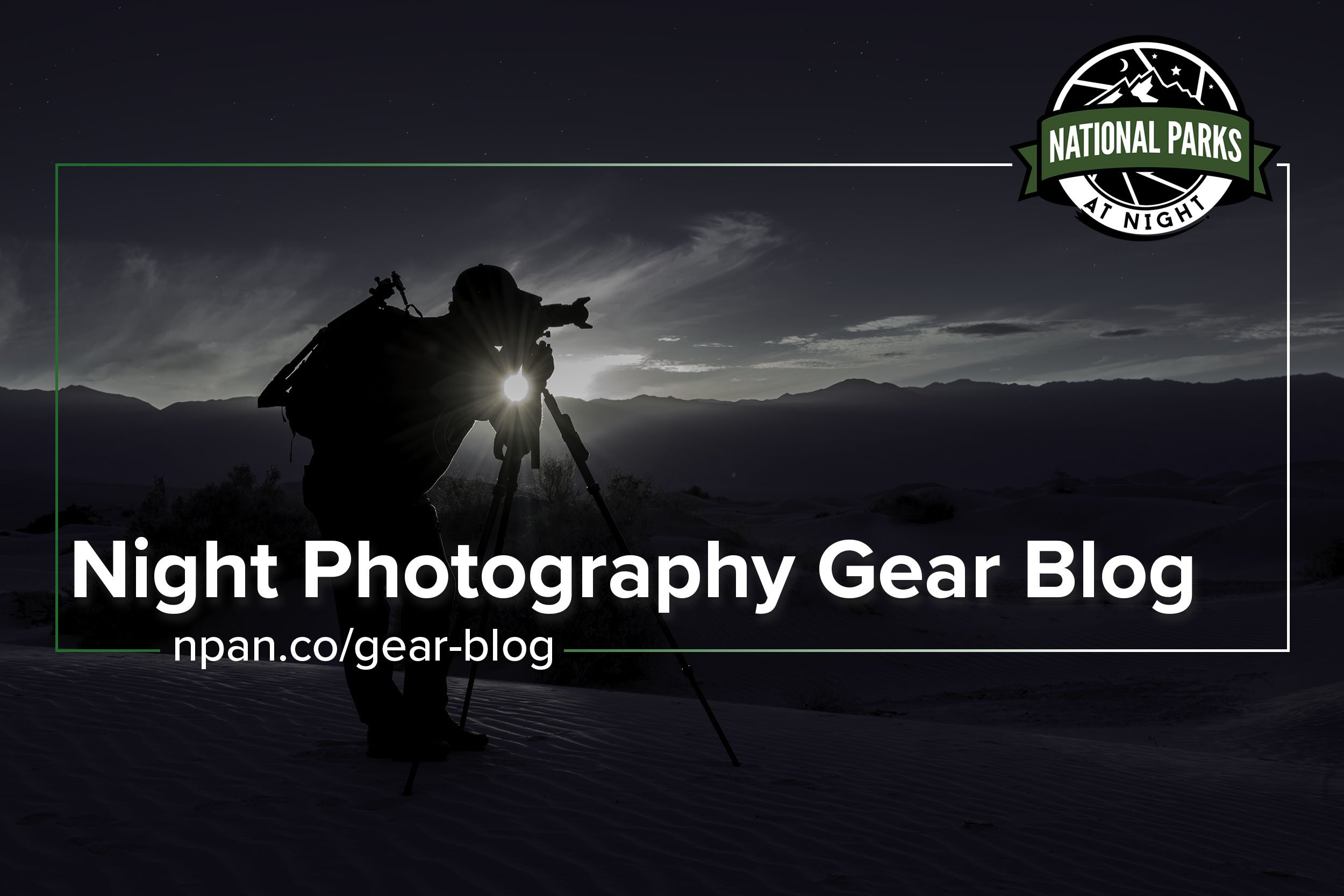Cameras ready! This evening’s night skies will feature a total lunar eclipse.
The show will last about 3.5 hours, beginning at about 10:30 p.m. Eastern time, and ending at about 2 a.m., with totality falling between about 11:30 and 1. Moreover, the eclipse will be visible to about one-third of humans around the world—in most of Europe, Africa, and North and South America (including all of the United States)—providing extraordinary photo opportunities to countless photographers.
A lunar eclipse differs from its solar cousin in that we don’t get a total blackout, or a ring of fire, or any of that kind of end-of-days drama. But the moon, should weather allow you to see it, will become completely dim and red.
Why? Because a solar eclipse is a phenomenon of the light source (the sun) being blocked from view, while a lunar eclipse is a phenomenon of the moon moving into a shadow. When something is in a shadow, you can usually still see it—just dimmer, and perhaps with altered color. That’s exactly what’s happening during a total lunar eclipse. The moon appears dimmer in the Earth’s shadow, and takes on first a yellowish and then a reddish hue because the only light hitting it is being bent and filtered through our atmosphere.
A Quick Rundown
Here are a few notes on photographing a lunar eclipse:
No special gear is needed beyond what you’d use to photograph any moon at night: camera, lens, tripod. You can add a cable remote, an intervalometer, a star tracker, etc., but you won’t need any special light filters or anything of that nature.
Use PhotoPills to see ahead of time where the moon will be in the sky during the eclipse. You can do this with the Eclipse panel in the Planner, or if you’re already on location just use Night AR in the Moon pill to visualize where the moon will move during the times mentioned above.
PhotoPills.com showing the location of the moon at the time of peak totality, as it can be seen from the North Rim of Grand Canyon National Park.
Consider using both long and wide lenses to create different types of compositions. The former will give you great moon portraits, while the latter will allow you to portray the moon as an element of a wider night scene.
Slow down. The eclipse will last 3.5 hours from beginning to end, and totality will last about 90 minutes. You can work through a lot of scenarios and ideas in that much time, and you can even wait out clouds that might be blocking the moon for a bit.
Pay attention to shutter speed. The moon moves faster than it appears—a little less than 2,300 miles per hour. According to Lance Keimig’s book Night Photography and Light Painting, that means the moon moves the length of its diameter every 2 minutes. If your shutter speed is too long, it will blur. The wider your lens, the longer shutter speed you can get away with—even as long as 10 seconds or so. But with longer lenses, you’ll be limited to much shorter speeds. (Below, see a graphic from a test Matt Hill ran a few years ago, based on using a 300mm lens.)
Be ready to change exposure. The moon will get darker closer to the middle of the eclipse, so an exposure that looks good at 10:30 p.m. EDT will appear dark at midnight, and your good midnight exposure will blow out the moon at 1:30 a.m. But you have to be careful about compensating for that loss of illumination by changing your shutter speed too much, lest your moon go soft from motion (see the previous point). Therefore, during totality you’ll probably want to increase your ISO instead.
Further Exploration
Obviously you can dive a lot deeper into a topic such as this. Here are a few options:
For tips and stories about photographing the winter eclipse a few years ago from Gabriel Biderman, Matt Hill and six National Parks at Night workshop alums, see our blog post “Moon Shots: What We Learned from Photographing the 2019 Lunar Eclipse.”
For details about how to create “big moon” photos, see Gabe’s blog post “Shooting for the Moon: How to Photograph Earth's Little Cousin.”
For more about the science of a total lunar eclipse, read the Universe Today article “Our Complete Guide to This Weekend’s Total Lunar Eclipse.”
For a detailed rundown of all the questions and obstacles you might encounter on this adventure, “Tips for Photographing a Lunar Eclipse” by our friends at B&H Photo.
Wrapping Up
We wish all of you great success in shooting for the moon tonight! Please come back and share your photos with us.












